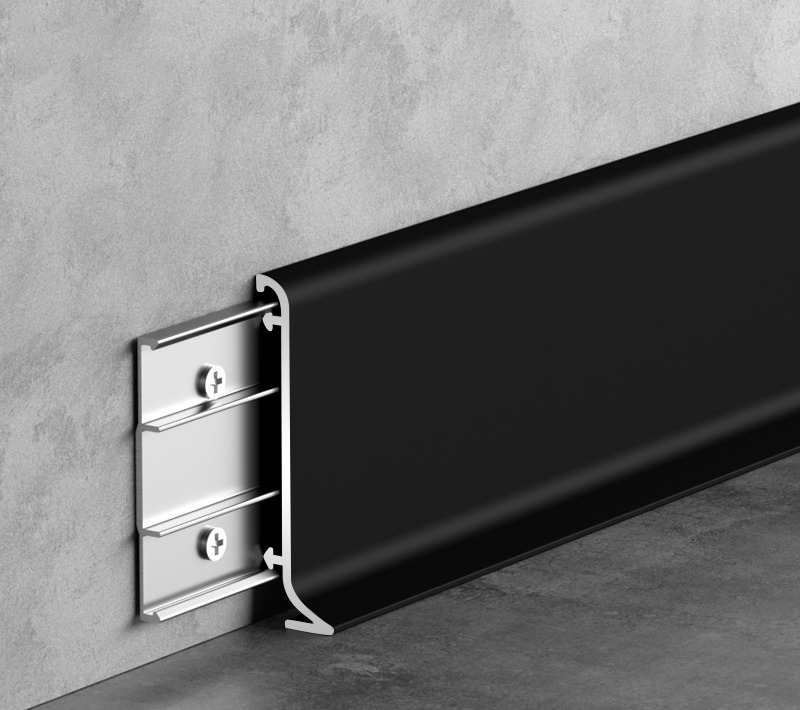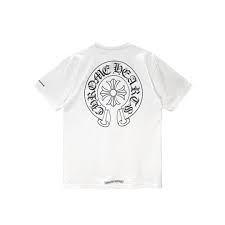Best Paints for Black Skirting Boards

Skirting boards will rarely go unnoticed in a room, but they contribute so much to the total appearance and finish of the interior space. Painting your black Skirting Boards is a contemporary, bold move that adds depth, contrast, and maturity to your house. But to get a perfect finish with black skirting boards is by applying the correct paint one that is chip-proof, has a smooth finish, and can withstand the brunt of everyday usage.
Why Black Paint Skirting Boards?
Black skirting boards are becoming the new trend in contemporary and minimalist interior decorating. Here’s why homeowners and interior decorators are choosing black:
- Contrast: Black gives a strong, urban contrast against light-colored walls or flooring.
- Elegance: It adds a high-quality, traditional feel to interior designs.
- Practicality: Black conceals dust, scuff marks, and small blemishes more effectively than white.
- Framing Effect: It outlines the base of the wall, highlighting architectural features.
To appreciate the full effects of these advantages, the appropriate type of paint has to be chosen. Key Qualities to Seek When Choosing Paint for Black Skirting Boards
Skirting board paint choice isn’t just about looks, it’s also about hardness, how easy it is to apply, and finish. These are the parameters to search for:
Durability
Skirting boards endure a great deal of contact vacuum bumps, shoe scuffs, cleaning gear so the paint must be tough. Search for:
- Scuff-resistant properties
- Chip-resistant designs
- Washable finishes
Finish Options
The paint finish affects the look as well as the maintenance level. Standard finishes are
Gloss: Easy to clean and highly reflective, but prone to picking up imperfections.
Satin (or Satinwood): Low sheen, durable, and more tolerant of minor surface imperfections perfect for contemporary interiors.
Matte/Flat: Not standard for Black Skirting Boards but has a very contemporary appearance only acceptable in low-traffic areas.
Types of Paint for Skirting Boards
There are two general types of paint for skirting boards:
Oil-Based Paint
Advantages: Very hard-wearing, good adhesion, and high-gloss finish.
Disadvantages: strong smell, slower drying, and mineral spirits need to clean up.
Water-Based (Acrylic) Paint
Advantages: low smell, quick-drying, easy clean-up, and environmentally friendly.
Preparation Tips for Painting Black Skirting Boards
Regardless of how good the paint is, the finish will only be as smooth as your prep work. Here’s how to do it:
- Clean the Surface.
- Dust, grease, and old residue are cleaned off with a damp cloth and mild soap.
- Sand the Boards.
- Sand lightly to strip old, flaking paint and rough spots. Clean up after sanding.
Apply Primer
If you’re painting bare wood or changing from a very light color to black, use a primer for better adhesion and opacity.
Mask the Edges
Use painter’s tape along the wall and floor edges to avoid spills and achieve crisp lines.
Apply Even Coats
Use a high-quality brush for corners and edges and a mini roller for longer boards to ensure smooth application.
Application Tips for a Professional Finish
- Start at the top and roll down.
- Don’t overload your brush or roller. Too much paint causes drips and an uneven appearance.
- Apply a minimum of two coats. Though the paint may advertise one-coat coverage, black will tend to be patchy unless it’s built up.
- Allow sufficient time for drying between coats, especially with oil-based paints.
Maintenance Tips for Black Skirting Boards
Black skirting boards will hide a lot of grime but still need attention.
- Regular dusting to avoid accumulation.
- Repair chips or scratches using remaining paint to keep the appearance fresh.
- Steer clear of abrasive scrubbing that will flatten the finish over time.
Matching Wall and Floor Colors
For maximum visual effect on black skirting boards, use complementary colors:
- Walls: Pale neutrals such as white, cream, taupe, or light gray maximize contrast.
- Floors: Hardwood, tile, or laminate in medium to pale colors are best.
- Ceilings and Doors: Use white or pale grays to achieve balance.
Mistakes to Avoid
- Omitting primer: Particularly bad with stained wood or pale colors.
- Using matte emulsion: It marks on skirting boards.
- Failing to sand between coats: This gives a bumpy or uneven finish.
- Overbrushing: This creates streaks and brush marks that can be seen.
Black skirting boards can elevate a room with their strong, modern appearance, but achieving a flawless finish depends on the right paint. From tough satinwood to high-gloss designer varieties, there are numerous quality products available to suit different applications and budgets. If correctly prepared, applied, and maintained, your black skirting boards can be the centerpiece of your interior for years to come. Read This
Whether it’s modernizing a contemporary flat or contrasting with a Victorian house, the final coat for black skirting boards is something to pay out on in terms of aesthetics and longevity.




